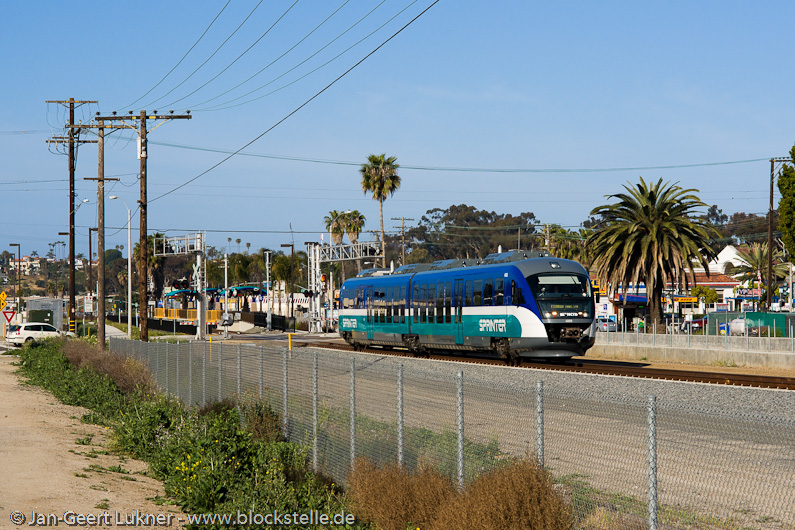The Numbers Behind America's Mass Transit Resurgence
2013 saw 10.7 billion passenger trips, the highest in almost 60 years.
(Pic and charts removed to save characters to quote at length, access the link to see them)
So it’s official: Americans are choosing public transportation in record numbers. The American Public Transportation Association
announced this morning that the U.S. made 10.7 billion mass transit trips in 2013, the highest figure in 57 years.
The story here is not of a sudden resurgence, but rather a slow, steady climb over the last decade, back toward ridership levels not seen since the 1950s. In fact, transit ridership has consistently hit over 10 billion for the past eight years in a row — in 2012, the total was 10.5 billion, and in 2011, 10.4 billion.
Hover over the blue line to see the "year" values on the chart below. These numbers come from the APTA:
More tellingly, the numbers show that the public's renewed embrace of public transportation really has spread nationwide. Record ridership numbers were posted in communities large and small, ranging from Tampa, Florida, to Oakland, California; Ann Arbor, Michigan to Flagstaff, Arizona. Overall, rail ridership grew the most, at a rate of 2.8 percent. However, commuter rail appears to be gaining the most momentum — seven commuter rail systems across the country posted double-digit increases, while only three light rail systems and one heavy rail system saw double-digit increases. The biggest jump for buses was 3.45 percent, in Washington, D.C.
As Michael Melaniphy, president and CEO of APTA, put it to the
AP: "People are making a fundamental shift to having options” for getting around. Indeed, this increase in public transportation usage outpaced the growth of vehicle miles traveled on roads by 0.8 percent in 2013.
But of course, this growing preference for subways and buses hasn't come out of nowhere: it's come hand-in-hand with investment in public transportation. Transit systems with the biggest increases in ridership are, unsurprisingly, those that have found new ways to offer their services. For example, Miami’s rail system saw a 10.6 percent increase in passenger trips, largely due to increased frequency of trains during peak service. New Orleans’ streetcar system, which just
added a new line in January 2013, saw a 28.9 percent jump. Salt Lake City’s commuter rail system saw a whopping 103.3 percent increase in ridership, thanks to a new rail line that opened in December 2012.
While public transportation is becoming more popular overall, not all cities with a wide range of transit offerings are seeing consistent ridership growth across all services. In Chicago, ridership on both the "L" and the bus system is down, while commuter rail is up. In Boston, subway ridership is up, but both commuter rail and bus ridership are down. In Washington, D.C., subway ridership is down, but bus ridership is way up. New York City, meanwhile, has managed to see increases across the board. But as even new and different commuting options — such as various ride-share and bike-share schemes — gain steam, public transportation systems must keep improving to attract more customers year after year.








